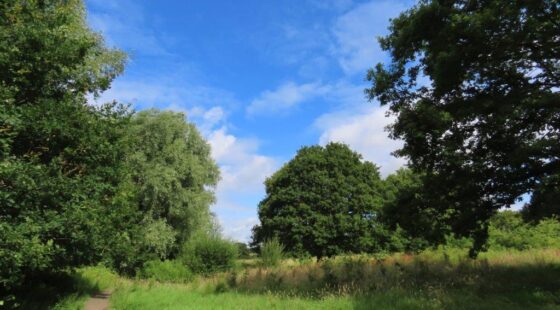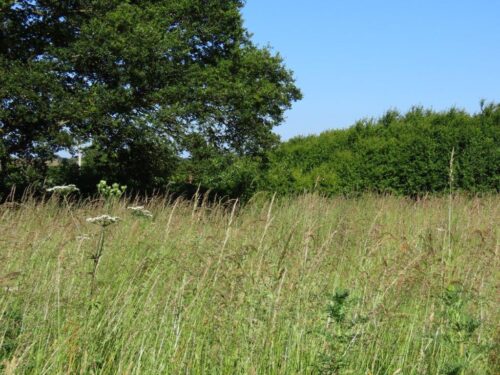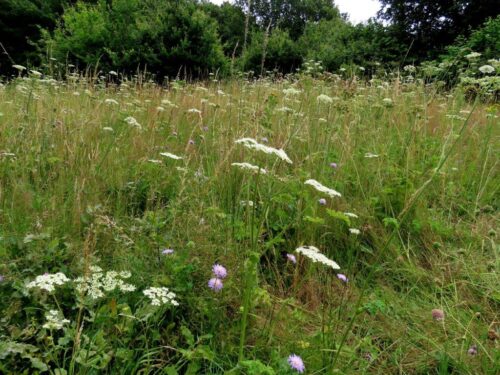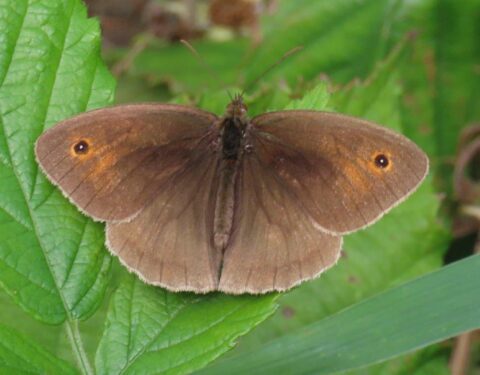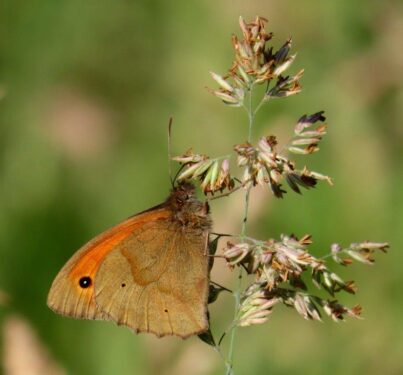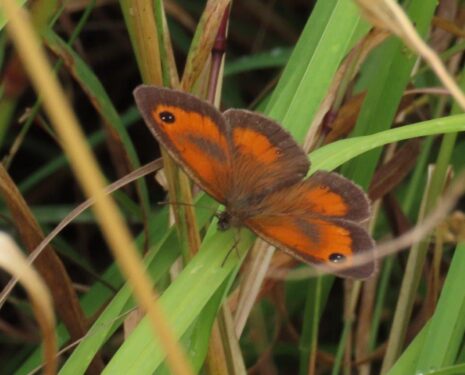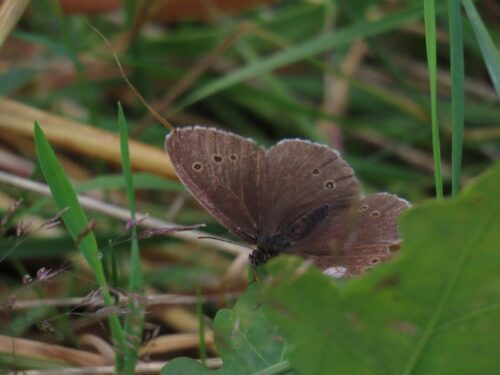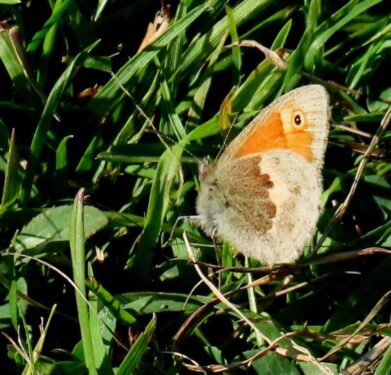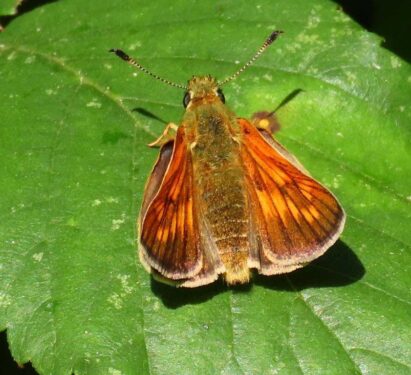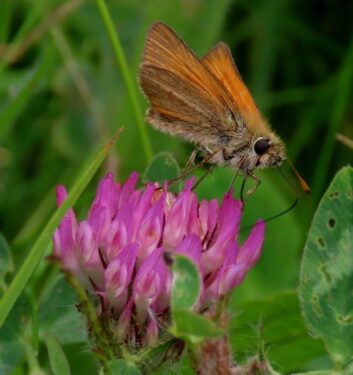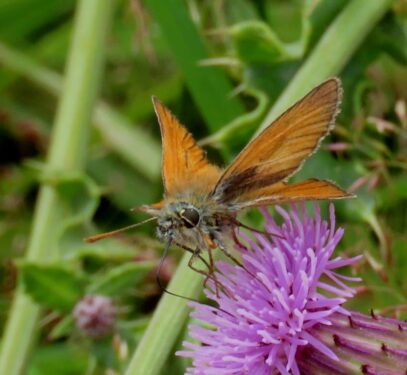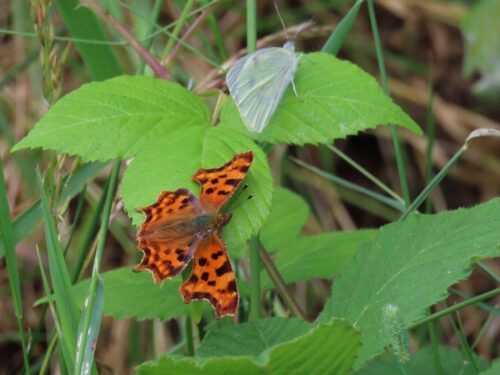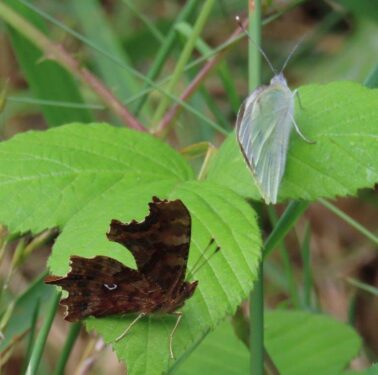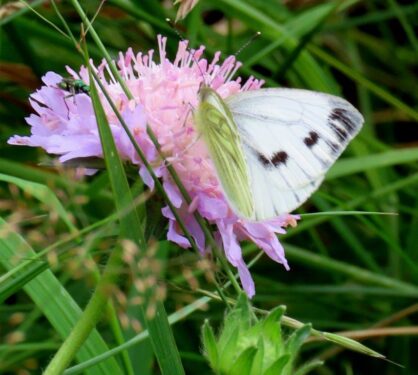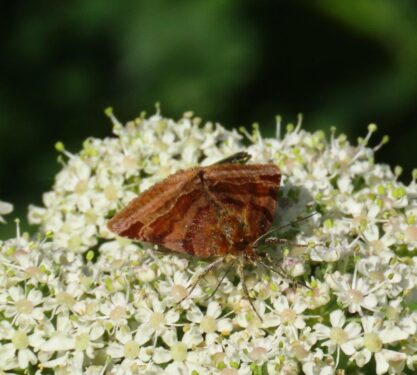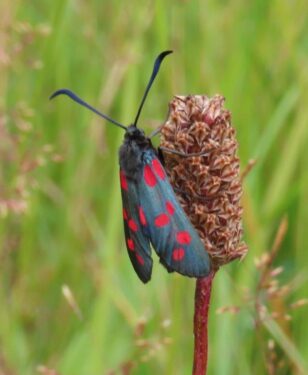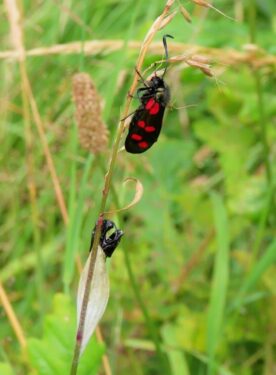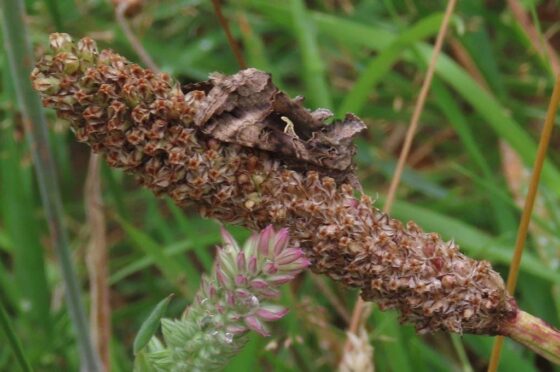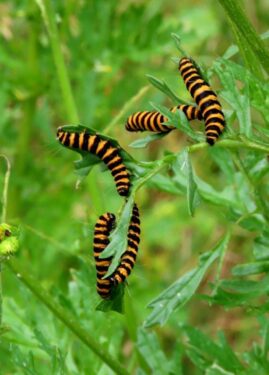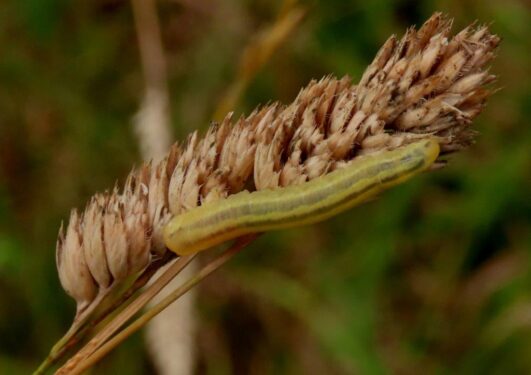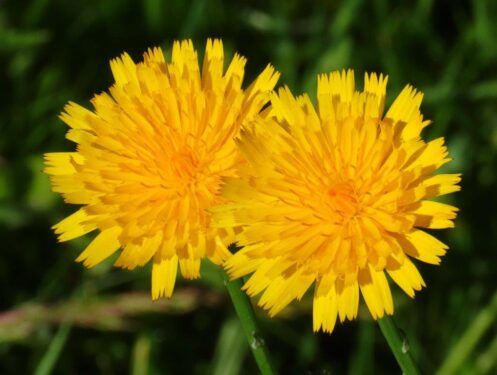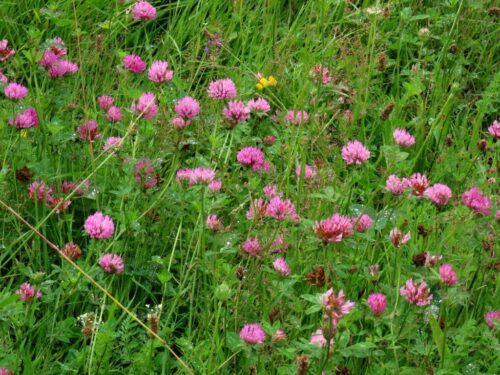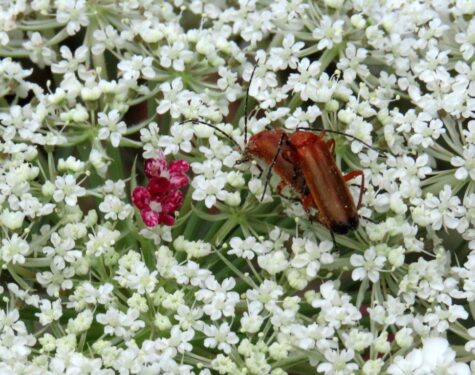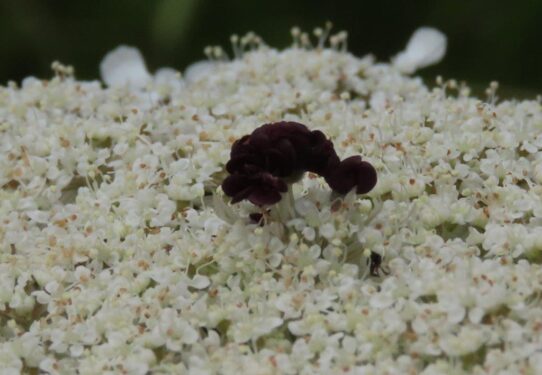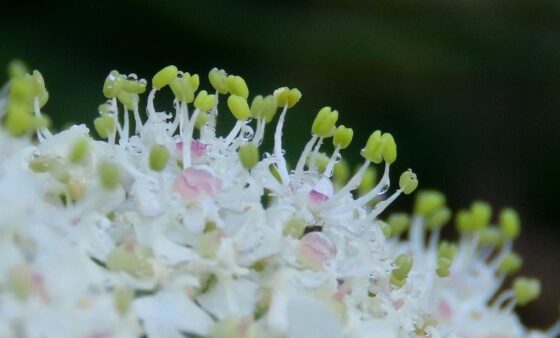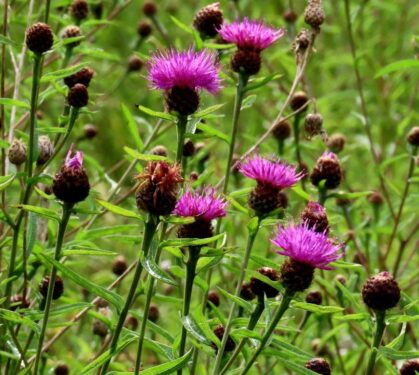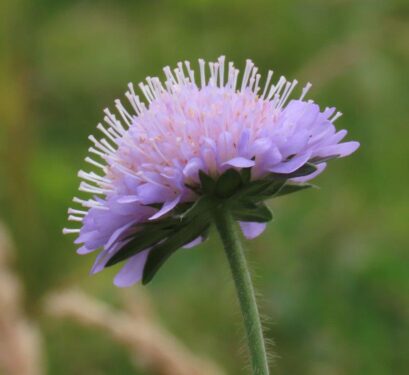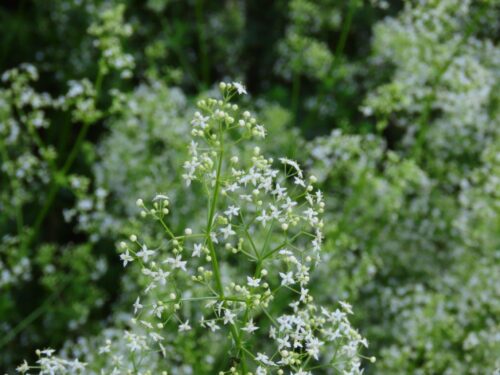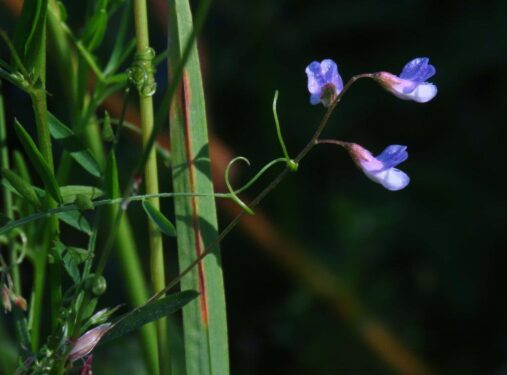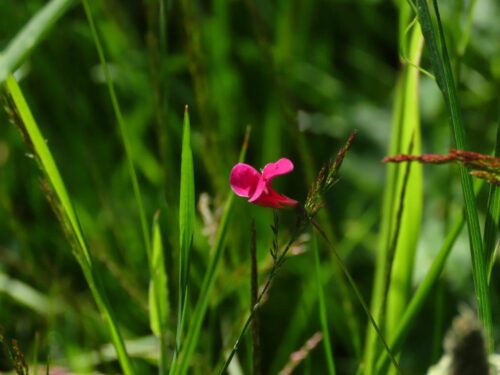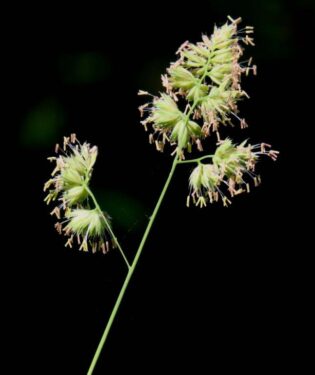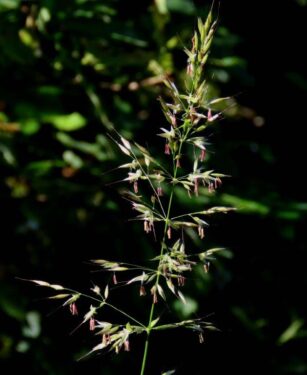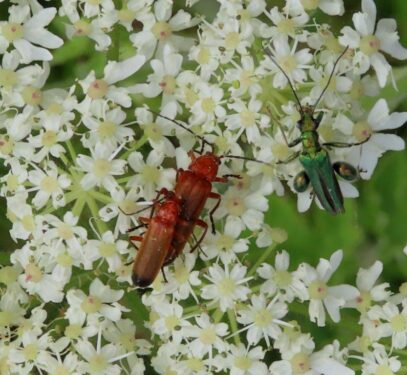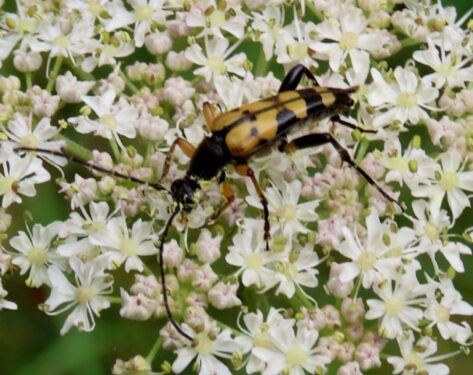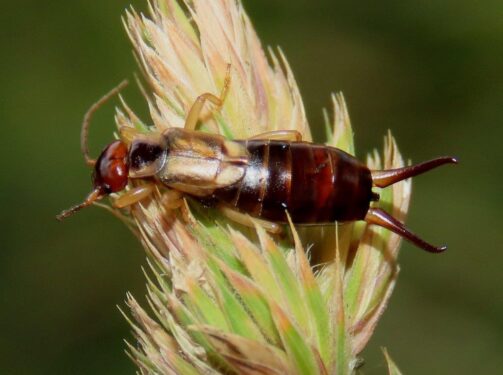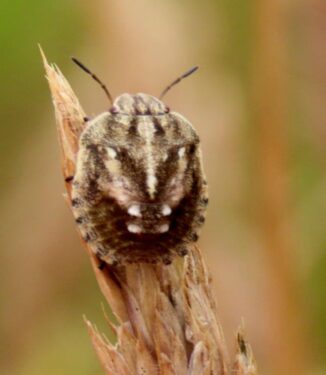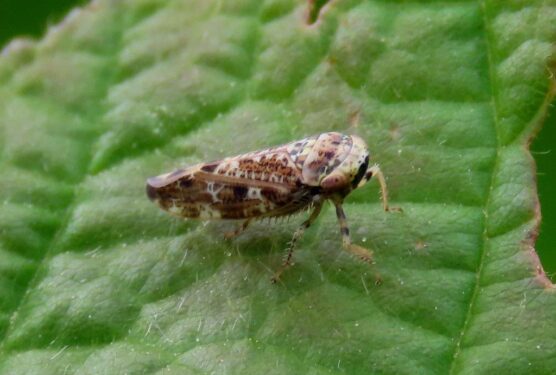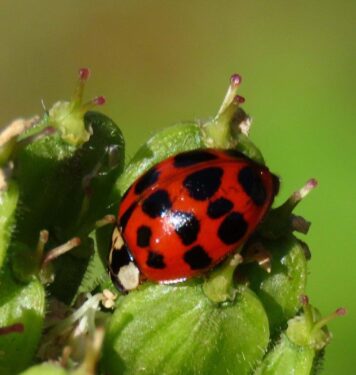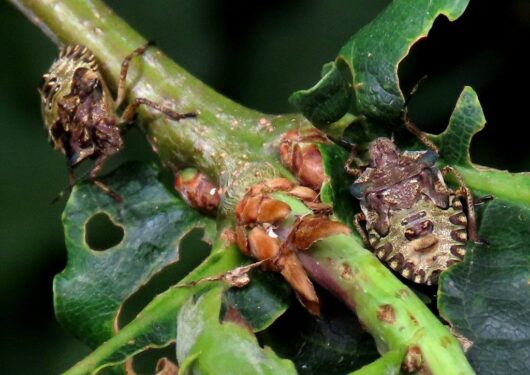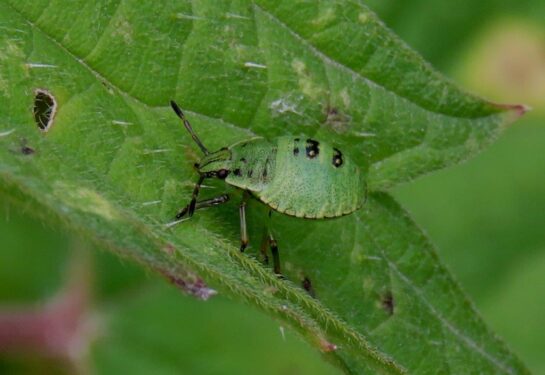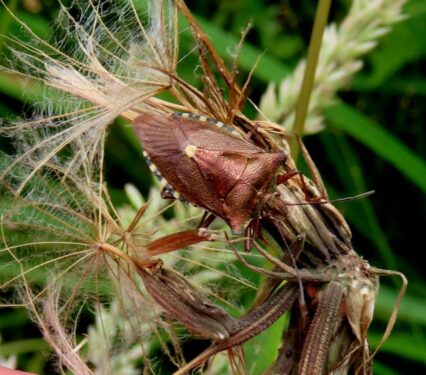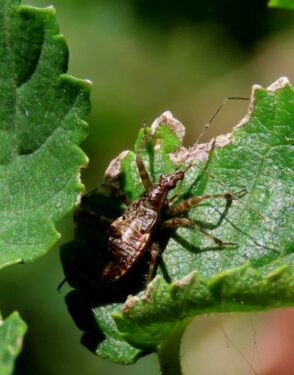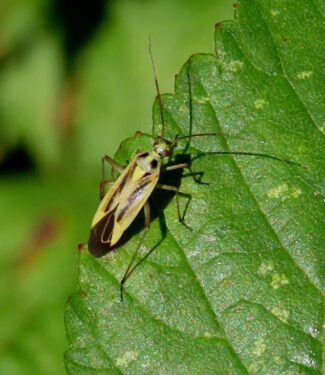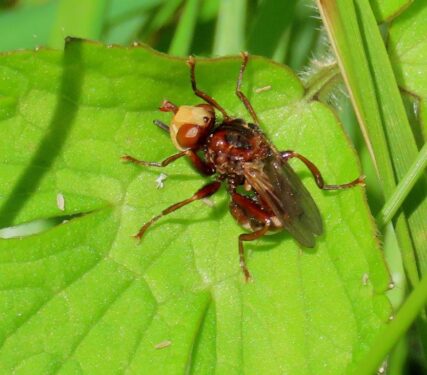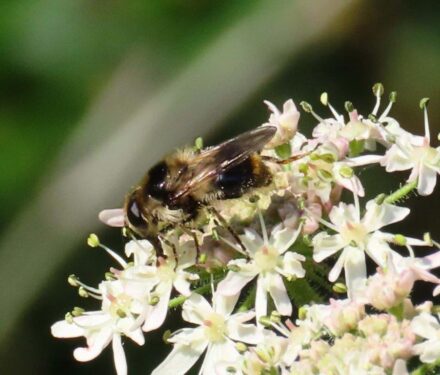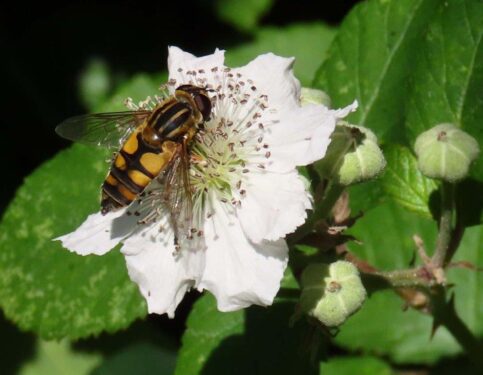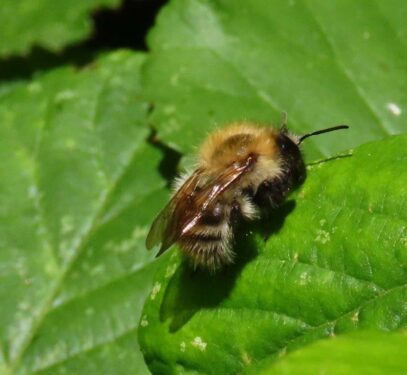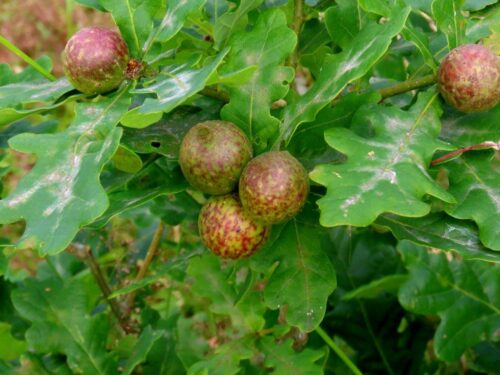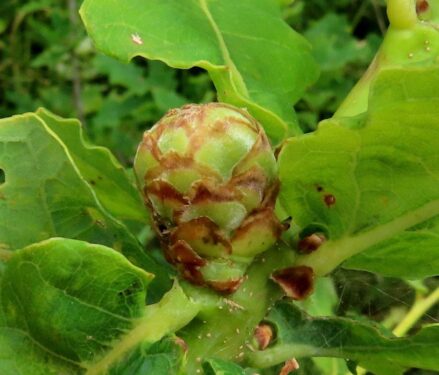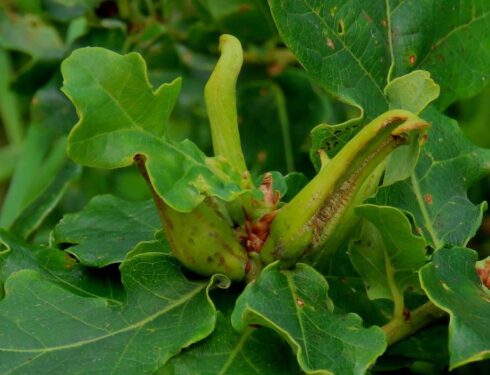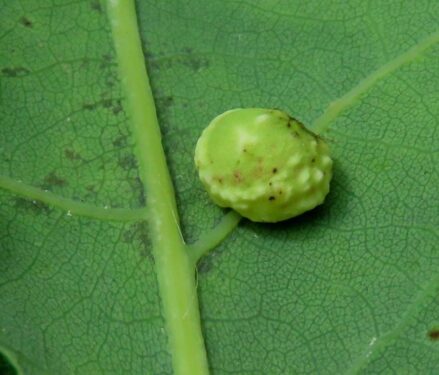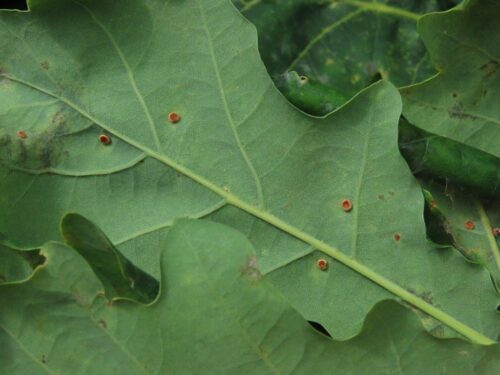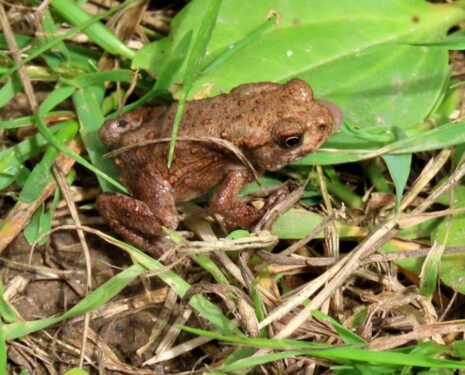Midsummer in Wivenhoe and our attentions turn to Lower Lodge, part of the Colne Local Nature Reserve, a riverside area of grassland and scrub, the wilder bits of which are managed on a three-year mowing rotation by Colchester City Council. Rich in flowers, it is one of our areas of greatest insect diversity, so in the month from late June we made four visits there, a recce and with WildEssex and BNA groups.
Actually this year, at least at first, flowering (and hence insect abundance) was poor, a consequence of a cool spring and of the vigorous growth of tall grass, no doubt reflecting the unprecedentedly wet past six months.
But towards the end of July, flowers were coming through, and butterflies were coming out, albeit not (yet?) in the number of variety we have come to expect.
Meadow Browns as always were followed sequentially by Gatekeepers and then Ringlets, with a few Small Heaths around the mown paths …
… Large (mostly early in the period), Essex and Small Skippers (later on) …
… while summer-brood Commas and Green-veined Whites came out on cue.
As far as day-flying moths are concerned, the few Burnet Companions were not at all companionable, coming a couple of weeks before the first Six-spot Burnets: the latter emerged in force on our last visit on 21 July, when we also found a Silver Y at rest.
Despite the abundance of Ragwort, Cinnabar caterpillars were distinctly patchy, perhaps reflecting poor weather during the adults’ earlier flight period. And another ‘caterpillar’ was of a sawfly, many of which have distinctive larvae, but they are generally beyond our identification skills given the lack of readily available identification guides.
Lepidoptera and other insects are at their best in warm, sunny weather and when nectar- and pollen-rich flowers are open. Therein lies the value of this site, from the earlier-season Common Cat’s-ear and Red Clover, to Wild Carrot (with insect-mimic central flowers) giving way to Hogweed and its vast plates of insect food, available to all, and then Common Knapweed and Field Scabious.
Other lovely flowers included Hedge Bedstraw, Smooth Tare and Grass Vetchling, although by the last walk the latter had retreated into anonymity as its flowers had finished.
And also of course the grasses, here Cock’s-foot and False Oat-grass in full hayfever-inducing glory!
As for other invertebrates, a few to be mentioned by name are Hogweed Bonking-beetles (out in force and living up to their name), Thick-thighed Beetle and Black-and-Yellow Longhorn …
… ‘Common’ Earwig, one of those memories of childhood that few of us see nowadays …
… a nymph Tortoise Bug, not a common species in the county and according to the Essex Field Club map almost unknown east of Colchester, while very similar comments apply to the beautiful planthopper Allygus mixtus, although we have seen that previously around Wivenhoe, in the Old Cemetery.
And then just a selection of others, just photos, no words, although all have been identified and a full list will be given to the site managers.
It was also good to see plenty of oak galls – marbles, artichokes, ram’s-horns, cherries and knoppers – with only the spangles seemingly at a low ebb, being small and few and far-between.
And finally, always good to see, dispersing Toadlets, presumably having taken advantage of the spring-line pools created by this year’s weather. We may have complained but every version of our crazy weather benefits something!
